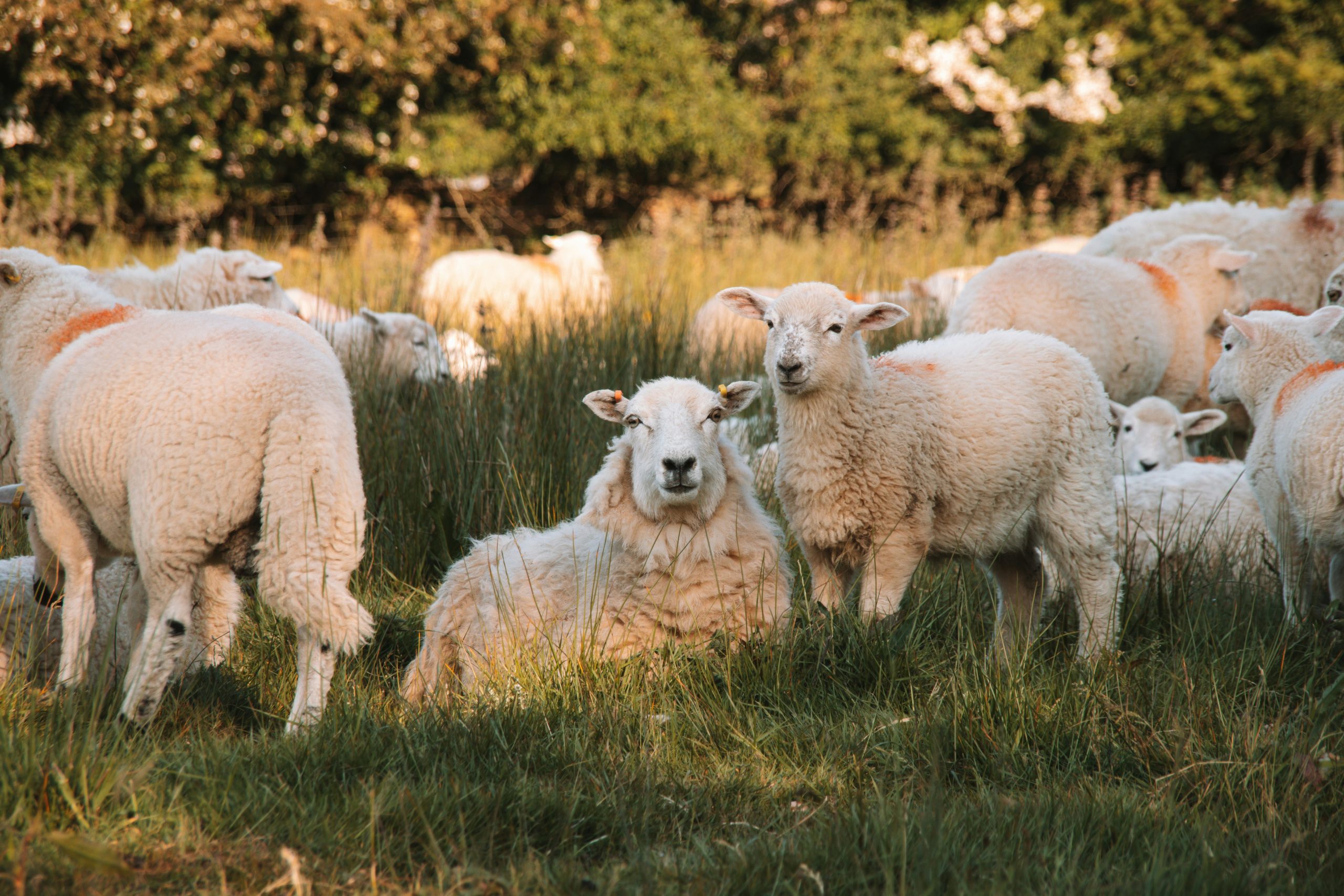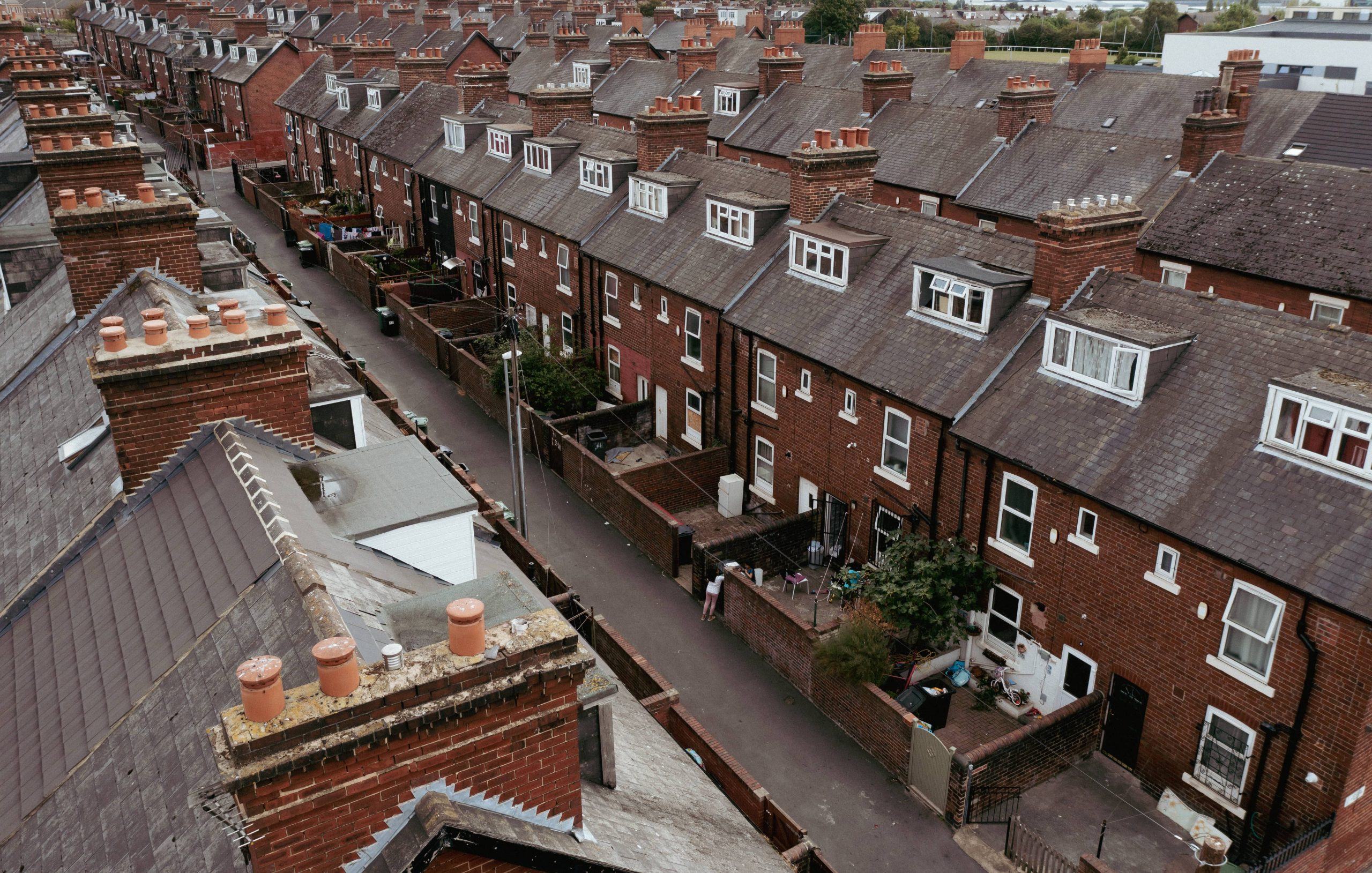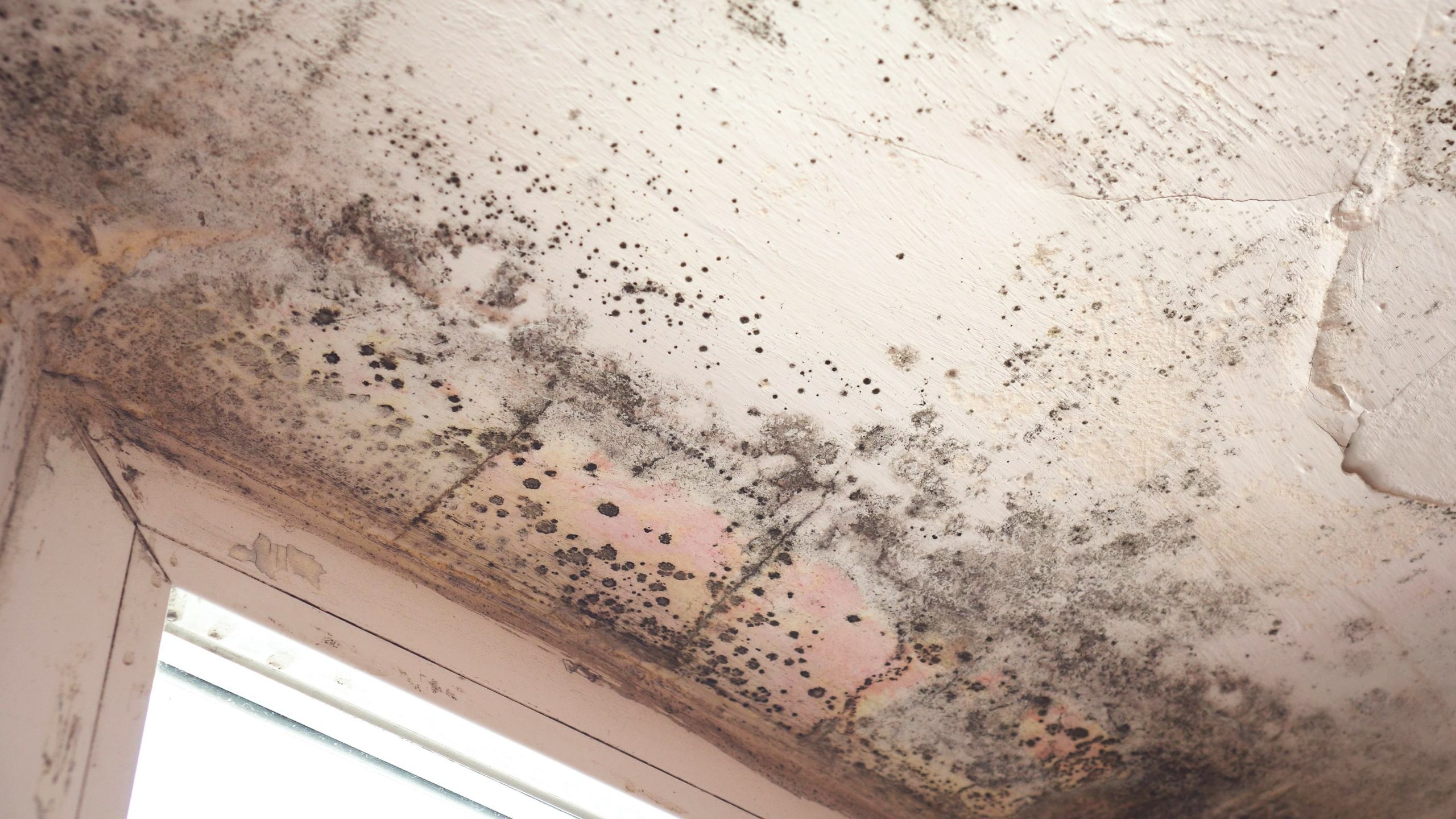Wool Insulation Wales: How to Utilise Resources for Healthy Homes

Despite being a product designed to improve energy efficiency in the home, many insulation materials in use today come at the cost of quite a carbon intensive manufacturing process.
On the run up to Housing Industry Leaders Cymru 2024, Ruth Marie Mackrodt, Director of Wool Insulation Wales, shared her insights into how bio-based materials could offer a more climate-friendly alternative.
Today, the vast majority of the insulation methods utilised in housing fall into two broad categories: organic, which includes petrol oil based, and inorganic, such as insulation made from rocks and glass.
“Both of those types of material,” Ruth explained, “have a massively high carbon footprint, and the fact is that in the UK at the moment, the built environment accounts for approximately 30% of the UK’s total carbon emissions.
“Of that figure, a third of that, so around 10% of the UK’s total emissions are the carbon emissions from the building products we use. I mean, that is a huge, huge figure for one manufacturing industry.”
With the oldest housing stock in the UK and likely the world, according to a 2020 report by the BRE Trust, the UK’s properties are quicker to leak heat and therefore require more materials to insulate them to make them energy efficient.
This, combined with the current housing need in the UK, means that the construction industry is under immense pressure to find suitable ways to reduce their carbon emissions.
“It is clear that unless we fundamentally change the materials that we use to build and to retrofit with, construction’s contribution to the UK’s carbon footprint is going to increase, not decrease.”
Wool is abundant, healthy, and adept at insulation
Having evolved with the specific purpose to insulate over the course of around ten thousand years, the domestic sheep’s wool is not only an effective insulator during the winter months, but is actually better at keeping homes cool in summer.
Ruth Marie explained: “In a time of a warming climate, [keeping homes cool] is an issue because the whole point of insulation, whether in summer or winter, is to keep the people who live in that place as comfortable as possible for as long a time as possible, for as little energy expenditure as possible.”
An additional and important benefit of using wool insulation is the material’s ability to handle moisture, making it an effective solution against the risk of damp and mould.
While the external part of a wool fibre is hydrophobic, meaning it repels water in liquid form, the internal part of a wool fibre is hygroscopic and has the capacity to absorb water vapour in times of high humidity and expel it in times of low humidity, reducing the risk of damp and mould.
This is especially important when it comes to historic buildings. Wales has the oldest housing stock in the UK, largely due to the volume of homes built during the industrial revolution.
“Hygroscopic materials have been used for hundreds of thousands of years, and they are still the recommended type of material for historic buildings,” Ruth Marie explained.
“They need that breathability, because if you put non-hygroscopic materials in in an older building it doesn’t breathe, so all this humidity just gets stuck, which wets the building fabric and creates mould.”
In addition, wool is an effective air cleaner, with the ability to absorb formaldehyde and other volatile organic compounds from the air and thus reducing the associated health risks.
Building robust supply chains now is essential to supporting wool insulation’s uptake
In the hopes that wool insulation will be more commonplace in the coming years in line with regulatory changes around carbon pricing, Ruth Marie emphasised the need to support the development of appropriate supply chains.
Despite Brexit, she alluded to the UK’s inclination to follow EU trends and policies, and with embodied carbon increasingly on the European radar, our insulation techniques are likely a key consideration going forwards.
“If you look at what’s happening in parts of Europe, there is an element of carbon pricing coming in. It may not be in the UK in the next three years or even the next five years, but within ten years, the industry will be forced to think about embodied carbon, which is actually a really good reason for it to start to support those supply chains now.
“You cannot expect the low-carbon building material industry to go along as this sort of small, tiny, you know, specialist part of the industry, and then suddenly we’re expected to supply everybody.
“It’s really important to build the support and the strength and the breadth of those bio-based materials and low-carbon materials in the supply chain, because when regulation cuts things off, you need those robust supply chains in place.”
A gradual increase of support led by vital policy decisions could facilitate this change and ensure that by the time Wales and the wider UK looks to embrace wool insulation, the industry is ready to deliver.
Wales has the unique opportunity to trailblaze the industry
With around ten million sheep in the country, which is more than three times the population, Wales is strategically positioned to make the most of wool’s potential.
Currently, it costs farmers around £1.30 to shear a single sheep, but the resulting fleece only returns 30p, meaning farmers are losing approximately one pound for every sheep sheared in Wales.
Ruth Marie said: “There’s already a drag on the Welsh economy through wool, so the more we can use it, you automatically begin to close that drag because you drive the price up a bit.”
As well as entering a new market and expanding the use of wool, which ensures greater returns for farmers and the Welsh economy at large, there is opportunity to promote Welsh wool on the global stage.
Ruth Marie pointed out that due to Wales having more sheep than the USA and Canada combined, there is a significant export market potential ready for the taking.
While the country is already renowned for its abundance of sheep, maximising the use of wool, a meticulously designed natural resource that up to 90% of is buried in Europe each year, could not only generate significant economic return, but help make progress towards meeting climate deadlines.
“It is almost indecent to use petroleum-based insulations to try and help solve a problem that has been caused by the petroleum industry.”
To learn more about wool insulation, join Ruth Marie Mackrodt at Housing Industry Leaders Cymru 2024 on 11 July, where she’ll participate in a panel discussion around heritage and the move towards bio-based materials.

